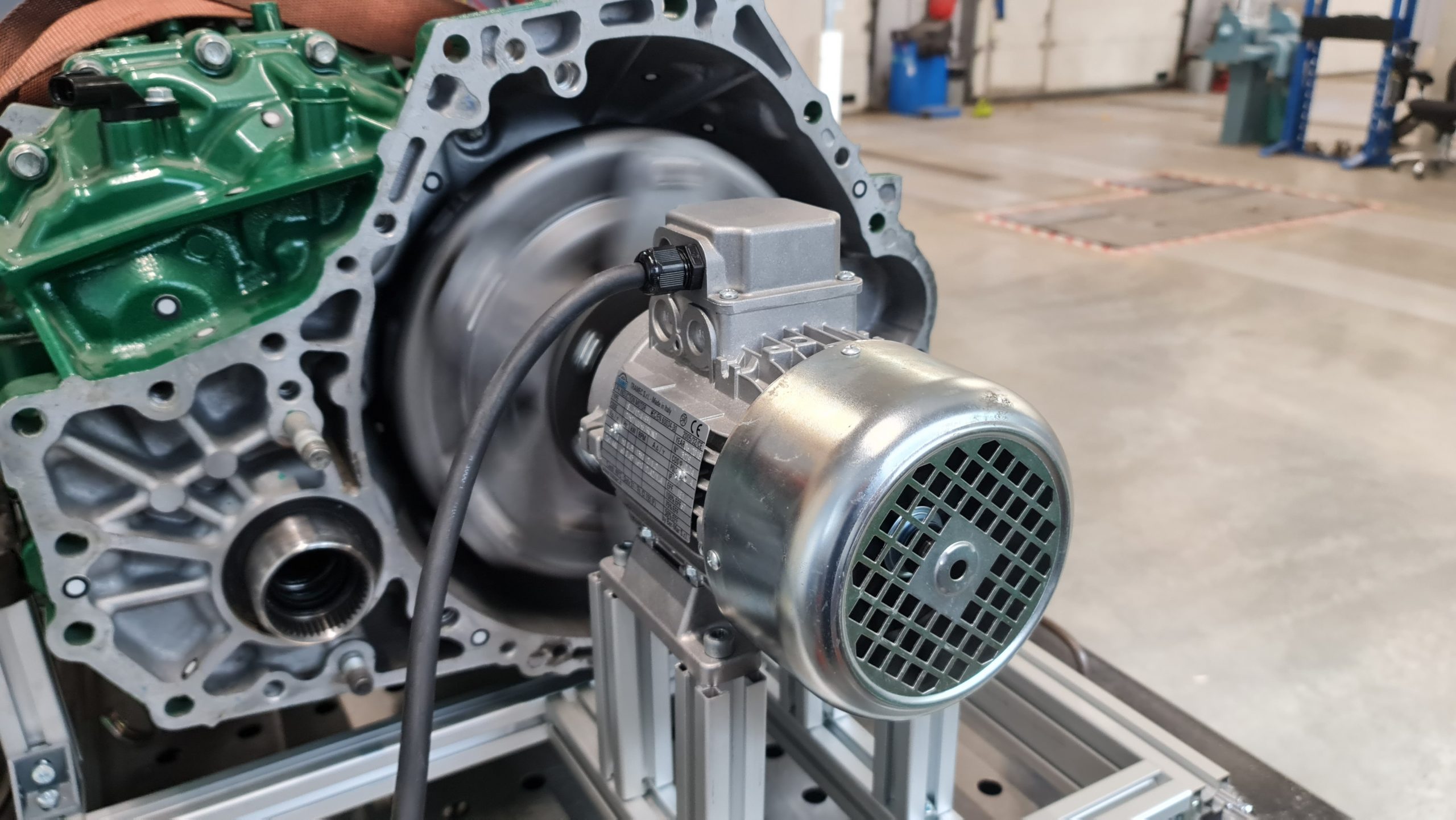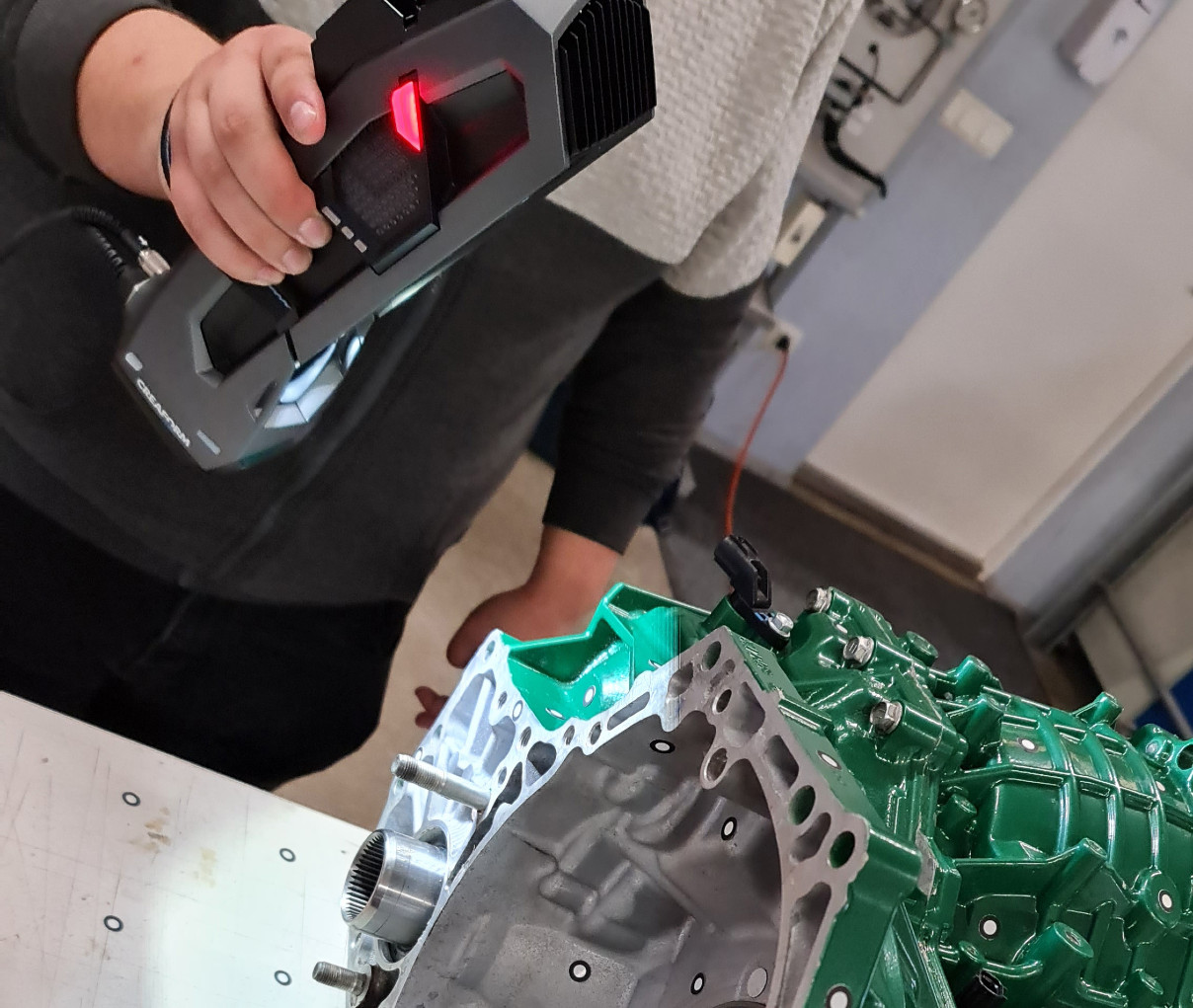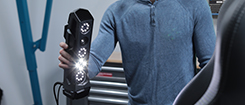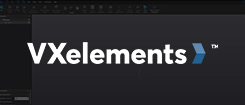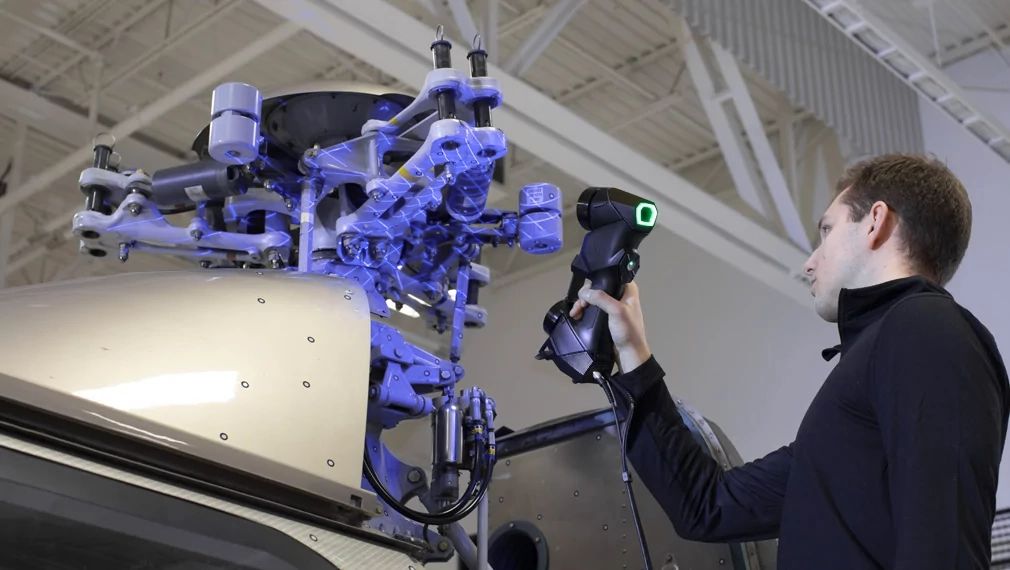July 24, 2024
Improving Vessel Integrity at a Refinery thanks to Advanced 3D Scanning Technology See the article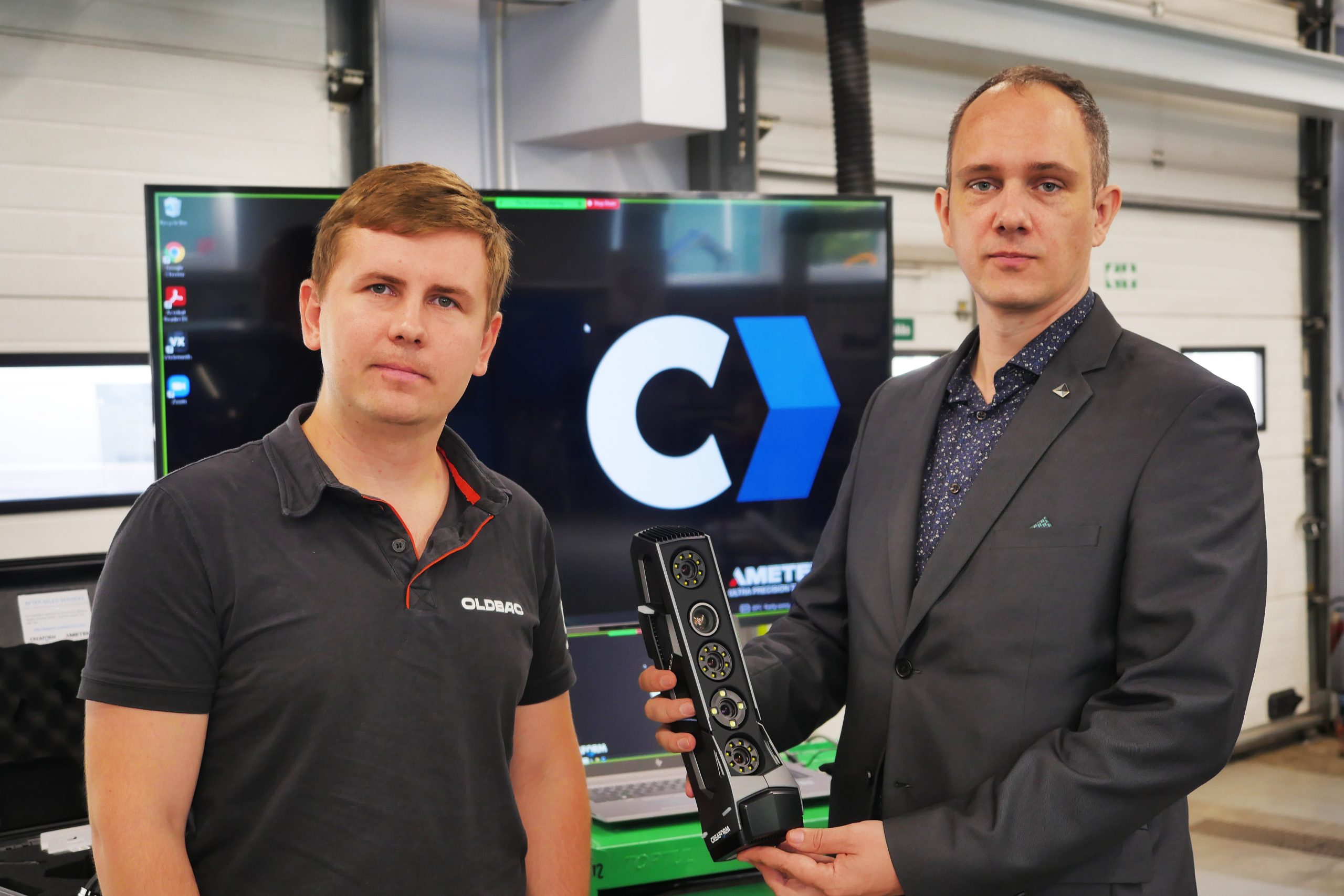
Martin Raju from Oldbac on the left, and Henri Vennikas from TTK University of Applied Sciences on the right
TTK University of Applied Sciences (Tallinn, Estonia) is an internationally renowned higher education institution that focuses on innovative, interdisciplinary education and applied research. The goal in providing higher professional education is to offer state-of-the-art technology skills so that when students graduate, they are able to use modern tools at the start of their careers. Curricula at the Institute of Technology (Automotive, Electrical, Mechanical and Robotics Engineering) all consider precise measurements as a key competence. This was one of the main reasons for acquiring accurate 3D scanning tool.
As the largest state university of applied sciences, using the financial resources sparingly and efficiently, and following procurement rules is a must. However, no concessions were made, and quality, support and scalability were among the key aspects of consideration when choosing the 3D scanner.
Before starting the procurement process, a market study was carried out to map the capabilities offered by 3D scanners in general. As a result, it was found that the features of the Creaform Go!SCAN 3D scanner could be a good option and an example when evaluating other devices. Creaform’s 3D scanner was chosen in the end for its performance and price point.
According to Henri Vennikas, Leading Lecturer, Curriculum Coordinator of Automotive Engineering, the selection criteria were:
- Quality of the product suite (hardware and software), repeatability and reliability. Creaform was viewed as being top in the market.
- Support is important for everyday functions to be streamlined. We cannot wait for months to solve questions that may arise.
- Scalability for education purposes means the possibility to engage with many number of students at the same time.
The implementation process was easy. All questions were quickly answered, and additional supplies were delivered promptly. Later, many skill-sharing experiences among colleagues and students took place. In addition, a video introduction of the equipment and software for the e-learning environment was made, so that key aspects could be followed online in the local language.
Feature creation in the software was amazing. To have planes, cylinders and other such features recognized with ease is something that other CAD programs are not so much known for. Also, inspection tools are great, but these are not really used in academic projects.
Teaching 3D measurement became part of the university’s courses; all students get some experience using modern technology. Some research projects are still under-utilizing 3D scanning capabilities, but professors are confident this is an opportunity for growth.
Since the purchase in 2021, the 3D scanner has been used in many projects for a wide range of teaching purposes and student projects.
K114F CVT – Developing study equipment with continuously variable transmission
The project involved a gearbox that needed to be mounted on a stand to be driven with an electrical motor. It was quite complex in its outer shape. There were precise tolerances for the motor’s placement to ensure that the shafts were aligned. Additionally, an adapter between the motor and hydraulic turbine had to be designed.
As a result of the project, it is now possible to drive CVT (continuously variable transmission) with an electrical motor to see its operating principles in dynamic situations. Students can also practice the electronic control of inputs and outputs of the gearbox.
Using the 3D scanner made the whole process quite effortless. Even the lecturers who have decades of experience in mechanical engineering have commented that the 3D scanner made “life is made simple.”
Students were involved both in the design and implementation. In the design phase, the gearbox assembly and motor were scanned. The file was then processed in VXelements to find necessary features and alignments. Later, additional CAD software was used to create the frame and mounts.
Henri Vennikas is very happy with the purchase of the 3D scanner: “For us, a lot of the use cases involve reverse engineering of geometrical parts for their ad hoc design changes or to include in products for which we do not have CAD documentation. For those purposes, the 3D scanner is really a game-changer for the reduced time and additional capabilities it provides with the software. However, it is more than making the process efficiently. It is all about making things happen that other tools simply cannot do. Jobs that took hours or days can now be done in minutes or seconds.”
Martin Raju, CEO of Oldbac and Creaform representative in the Baltics added: “The device won the tender because it has the best peformance for its price. Creaform also offers educational institutions an additional 50 licenses for reverse engineering/inspection, so that it is possible to effectively use the 3D scanner and software in teaching.”
The Go!SCAN 3D is one of Creaform’s fastest, user-friendly handheld 3D scanners. As a powerful tool during the product development phase, the Go!SCAN 3D quickly measures any complex surface making it possible to “get it right” the first time.
Thanks to our distributor Oldbac for sharing this article with Creaform.

